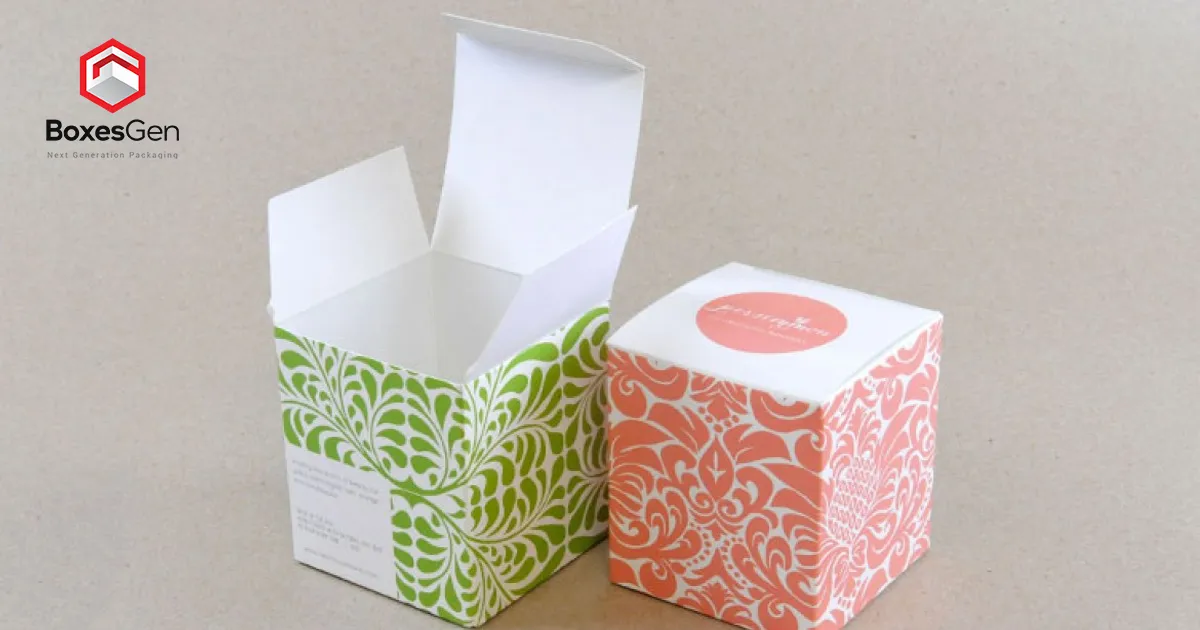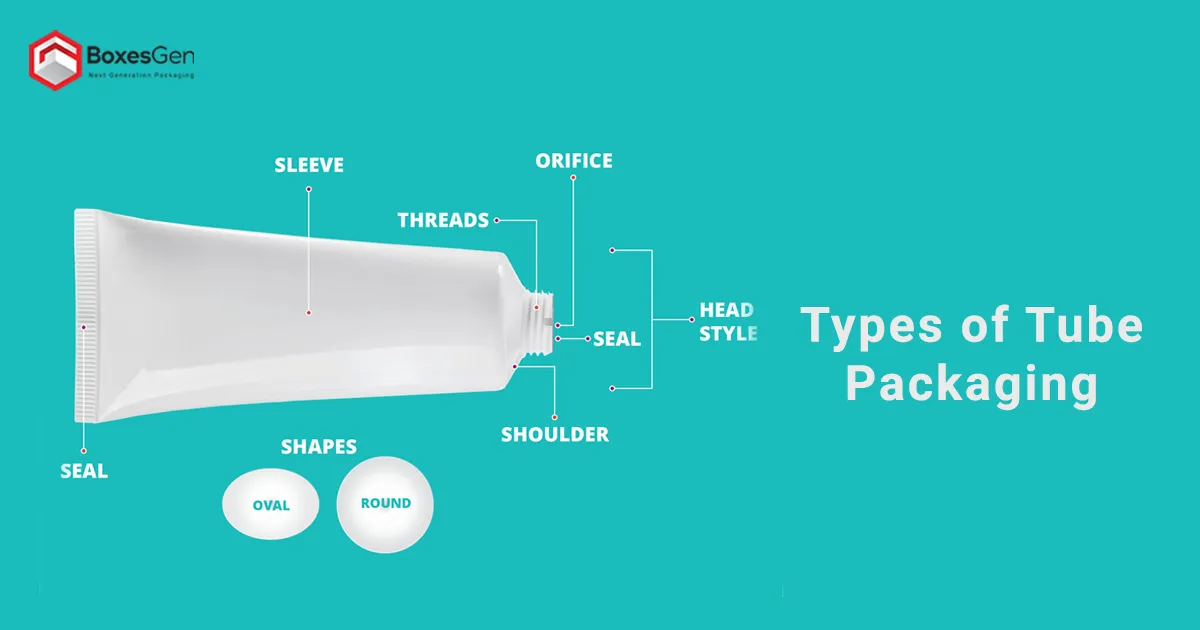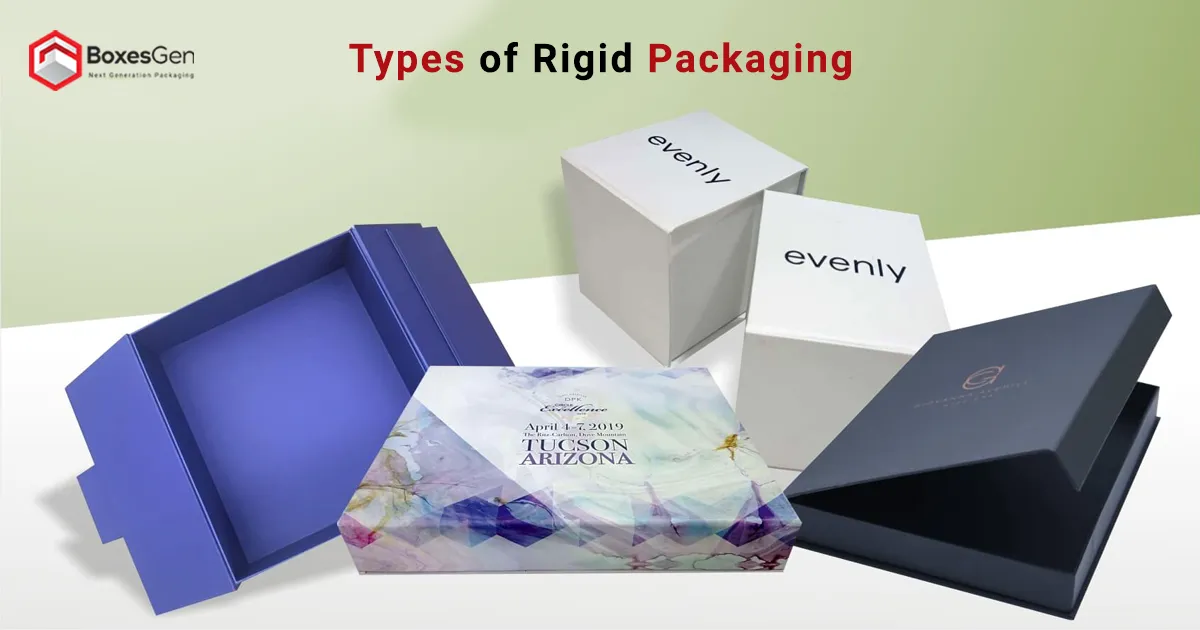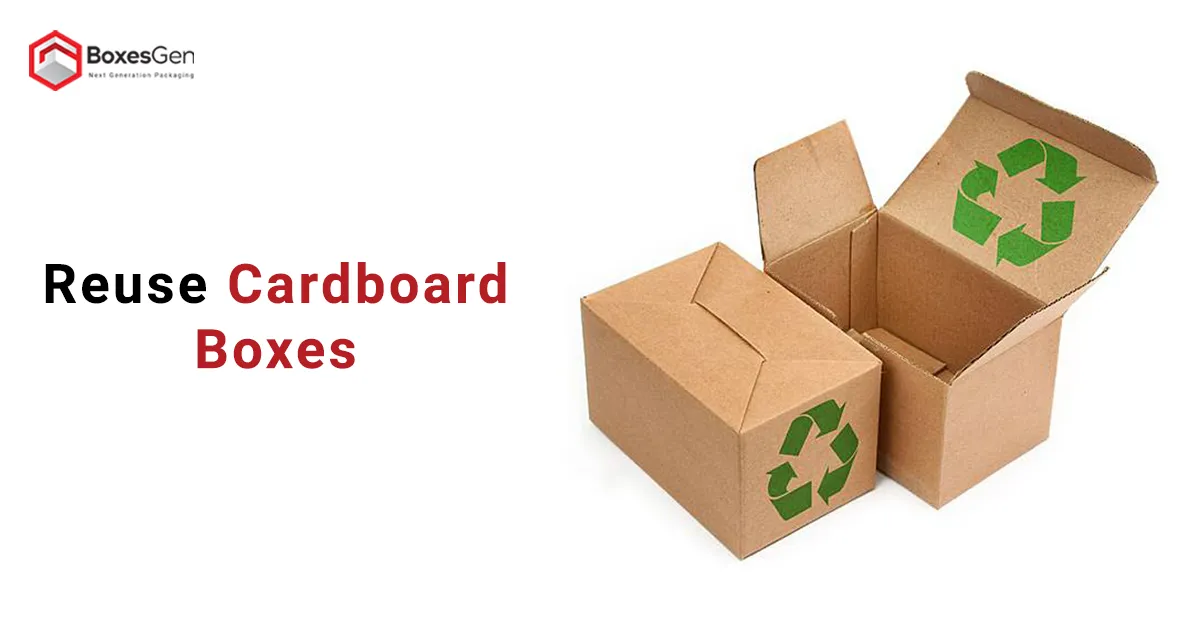How To Waterproof Cardboard Boxes
Cardboard boxes are a pervasive packaging solution, ranging from large cardboard boxes used for shipping and storage to small cardboard boxes perfect for organizing household items. While they are versatile, one common concern is their vulnerability to water damage. This article will explore how to waterproof cardboard boxes, protecting your valuable contents.
Cardboard boxes are typically made from a combination of paper pulp and cardboard, creating a structure that, while sturdy, can easily absorb moisture. This absorption can lead to warping, weakening, and ultimately compromising the integrity of the box and its contents. To tackle this issue, various waterproofing techniques can be applied to safeguard your items.
What Are Cardboard Boxes Made Of
Cardboard boxes are made of layers of heavy-duty paper over 0.01 inch (0.25 mm) thick. The paper is usually made from recycled boxes or the pulp of trees. The paper is treated, shaped, and pressed together to form a paperboard, which is then cut, folded, and glued to make cardboard boxes.
Different types of cardboard boxes exist, such as corrugated and chipboard boxes. Corrugated boxes have a wavy layer of paper called a flute sandwiched between two flat layers called liners. Chipboard boxes are made of recycled cardboard, paper, paper scraps, and sawdust that are shredded and compressed into firm panels. These small cardboard boxes can also be customized with different shapes, sizes, colors, and prints to suit different packaging requirements.
Selecting the Right Waterproofing Method for Your Needs
Before diving into the waterproofing process, it is crucial to identify the specific type of cardboard box you are working with. Large cardboard boxes used for shipping require a different approach than small cardboard boxes used for storage. Additionally, cardboard boxes with lids present a unique challenge, as water can seep through the seams. Tailoring your waterproofing strategy to the box type is essential for optimal results.
DIY Waterproofing Solutions for Cardboard Boxes
1. Use Waterproof Sealant
Applying a waterproof sealant to the exterior of the cardboard box creates a protective barrier against moisture. Ensure the sealant is evenly distributed, paying extra attention to seams and edges.
2. Utilize Plastic Liners
Consider lining the interior with plastic sheets for large cardboard boxes or those with lids. This acts as an additional layer of defense, preventing water from reaching the cardboard.
3. Apply Waterproof Tape
Invest in high-quality waterproof tape and reinforce the seams and edges of the cardboard box. This simple yet effective solution can significantly enhance the box’s resistance to water.
Where to Buy Waterproof Cardboard Boxes
For those seeking pre-made waterproof cardboard boxes, several retailers offer various options. Online platforms like major e-commerce websites often provide waterproof packaging solutions. Local packaging suppliers and specialty stores may also carry waterproof cardboard boxes tailored to different packaging requirements.
Are Cardboard Boxes Recyclable?
Small cardboard boxes, primarily made from recyclable materials like paper pulp, are indeed recyclable. However, the waterproofing process may involve materials that affect recyclability. Before disposing of waterproofed cardboard boxes, it’s essential to check local recycling guidelines and separate materials accordingly to promote sustainability.
Exploring Specialized Cardboard Boxes
Beyond waterproofing, small cardboard boxes come in various specialized forms. Custom Tissue Boxes wholesale cater to specific needs, providing a unique packaging solution. Printed Cardboard Boxes add a personalized touch to packaging, making them ideal for branding and promotional purposes. Cardboard Gable Boxes offer convenience with built-in handles, combining functionality with a visually appealing design.
Considerations For Waterproof Cardboard Boxes
When seeking how to waterproof cardboard boxes, you must explore different options based on your specific requirements. Many manufacturers produce boxes with water-resistant coatings or laminations, providing a ready-made solution for those who prefer convenience. These boxes often come in various sizes, addressing the needs of both large and small-scale applications. Local packaging suppliers and specialty stores may carry such waterproof variants, offering a range of choices to suit diverse needs.
Cardboard Boxes with Lids
Cardboard boxes with lids offer enhanced protection for their contents, but they also present unique challenges in terms of waterproofing. The hinge and seams of the lid are potential weak points where water can seep through. When waterproofing such boxes, paying meticulous attention to these areas is crucial. Applying an extra sealant or waterproof tape along the lid’s edges can significantly bolster the box’s resistance to water infiltration.
Environmental Impact and Recyclability
While small cardboard boxes are inherently recyclable, adding waterproofing elements can complicate recycling. Some waterproofing materials may not be biodegradable or easily separated during recycling. Consumers must be aware of the environmental impact of waterproofed cardboard boxes and make informed choices. Checking with local recycling facilities for guidance on handling such materials responsibly contributes to sustainable waste management practices.
Specialized Cardboard Boxes
In addition to waterproofing considerations, specialized cardboard boxes cater to various specific needs. Custom Tissue Boxes wholesale offers a tailored solution for businesses or events looking to add a touch of uniqueness to their packaging. Printed Cardboard Boxes are a versatile branding tool, allowing businesses to showcase their logos, messages, or product information. Cardboard Gable Boxes, with their convenient built-in handles, are perfect for gift packaging or situations where portability is key.
Waterproofing Innovations
For avid DIY enthusiasts, experimenting with innovative waterproofing methods can be fun and effective. Consider exploring eco-friendly options such as beeswax or plant-based sealants. These alternatives not only provide water resistance but also align with sustainability goals. DIY waterproofing allows individuals to tailor solutions to their preferences and reduce reliance on commercially available products.
Exploring Online Platforms for Waterproof Cardboard Boxes
In the digital age, online platforms have become go-to sources for various products, including packaging materials. Major e-commerce websites often offer many options for waterproofing cardboard boxes, allowing users to browse, compare, and select the most suitable options. Customer reviews and ratings provide valuable insights, aiding in the decision-making process. This convenience makes online shopping viable for efficient and hassle-free procurement of waterproof packaging solutions.
Advanced Waterproofing Techniques for Cardboard Boxes
As technology and materials continue to evolve, so do the techniques for waterproofing cardboard boxes. Advanced solutions are emerging that go beyond traditional methods, offering enhanced protection and durability. Nanotechnology, for instance, introduces Nano-scale coatings that create an impenetrable barrier, preventing water molecules from penetrating the cardboard’s surface. While these solutions may be more expensive, they provide a cutting-edge approach to waterproofing, ensuring maximum resistance against moisture.
Innovative Packaging Trends
Smart packaging solutions are gaining traction as the packaging industry embraces technological advancements. Smart waterproofing involves the integration of sensors or indicators that detect moisture levels within the box. This innovation goes beyond prevention, actively notifying users if the box has been exposed to unfavorable conditions. Such technology is particularly valuable for sensitive items, adding an extra layer of protection and enabling timely intervention to prevent potential damage.
Promoting Sustainability with Cardboard Box Recycling
Given the environmental concerns associated with packaging materials, promoting cardboard box recycling remains crucial. As consumers increasingly prioritize sustainability, manufacturers are exploring how to waterproof cardboard boxes. This includes developing recyclable, waterproof coatings or exploring alternative materials that maintain water resistance without compromising recyclability. As the demand for green packaging solutions rises, the industry will likely witness further innovations in sustainable waterproofing practices.
Global Access to Waterproof Cardboard Boxes
The global reach of online platforms has significantly enhanced the accessibility of waterproof cardboard boxes. Whether searching for large cardboard boxes for international shipping or small ones for personal use, e-commerce has revolutionized the procurement process. Customers can explore options, compare prices, and read reviews worldwide with just a few clicks. This ease of access broadens choices and ensures that users can find the most suitable waterproof packaging solutions regardless of location.
Aesthetic Appeal of Cardboard Boxes
While the primary purpose of small cardboard boxes is functional, the aesthetic appeal should not be overlooked. Printed cardboard boxes, for example, allow for creative branding opportunities. Businesses can showcase their logos, incorporate vibrant designs, or provide information about the product within. Balancing functionality with visual appeal is essential, especially for those looking to make a lasting impression or create a cohesive brand identity through their packaging choices.
The Future of Cardboard Packaging
Looking ahead, the cardboard packaging industry is poised for continued evolution. As consumer preferences shift and environmental considerations become more prominent, manufacturers will likely invest in research and development to create innovative, sustainable, and waterproof packaging solutions. Keeping an eye on emerging trends and staying open to new technologies will be key for businesses and individuals seeking to stay at the forefront of cardboard box usage and waterproofing practices.
In summary, the journey of waterproof cardboard boxes extends beyond basic protection. From advanced waterproofing techniques and smart packaging trends to global accessibility and the evolving landscape of sustainable practices, the world of cardboard packaging is dynamic and multifaceted. Embracing innovation and staying informed about industry developments will empower consumers and businesses to navigate this landscape effectively.
Final Words
The world of waterproof cardboard boxes is diverse and dynamic. From sourcing ready-made solutions to exploring DIY innovations, individuals and businesses have various options to protect their belongings from water damage. By understanding the specific challenges of different box types, considering environmental implications, and exploring specialized variants, one can make informed choices that align with functional and sustainability goals.
FAQs
Are All Cardboard Boxes Waterproof, Or Do I Need to Take Additional Steps to Protect My Items?
While cardboard boxes provide a sturdy and cost-effective packaging solution, they are not inherently waterproof. Consider applying waterproof sealants, plastic liners, or waterproof tape on seams and edges to safeguard your items from moisture. Additionally, exploring pre-made waterproof cardboard boxes with special coatings or laminations is a convenient option for enhanced protection.
Can I Recycle Cardboard Boxes That Have Been Waterproofed?
While cardboard boxes are recyclable, waterproofing may introduce materials that affect recyclability. Check with local recycling guidelines and facilities to ensure proper disposal. Some manufacturers are developing eco-friendly waterproofing solutions that maintain recyclability, aligning with the growing demand for sustainable packaging practices.
What Are the Benefits of Using Advanced Waterproofing Techniques For Cardboard Boxes?
Advanced waterproofing techniques, such as nanotechnology coatings, create nano-scale barriers that enhance moisture resistance. These solutions offer maximum protection against water damage and can be especially valuable for sensitive or high-value items. While they may be pricier, the investment in prolonged box durability and superior protection can pay off.
Where Can I Find Waterproof Cardboard Boxes for Specific Needs?
Explore online platforms for a wide range of waterproof cardboard box options. Major e-commerce websites often offer custom solutions like Custom Tissue Boxes wholesale or Printed Cardboard Boxes that can be tailored to specific branding needs. Additionally, local packaging suppliers and specialty stores may carry specialized waterproof variants for various applications.
How Can I Stay Environmentally Conscious While Using Waterproof Cardboard Boxes?
To promote environmental sustainability, consider using eco-friendly waterproofing alternatives, such as beeswax or plant-based sealants, in your DIY waterproofing efforts. Stay informed about manufacturers developing recyclable waterproof coatings, and prioritize recycling waterproofed cardboard boxes according to local guidelines. Balancing functionality with environmental responsibility ensures a conscientious approach to packaging choices.











